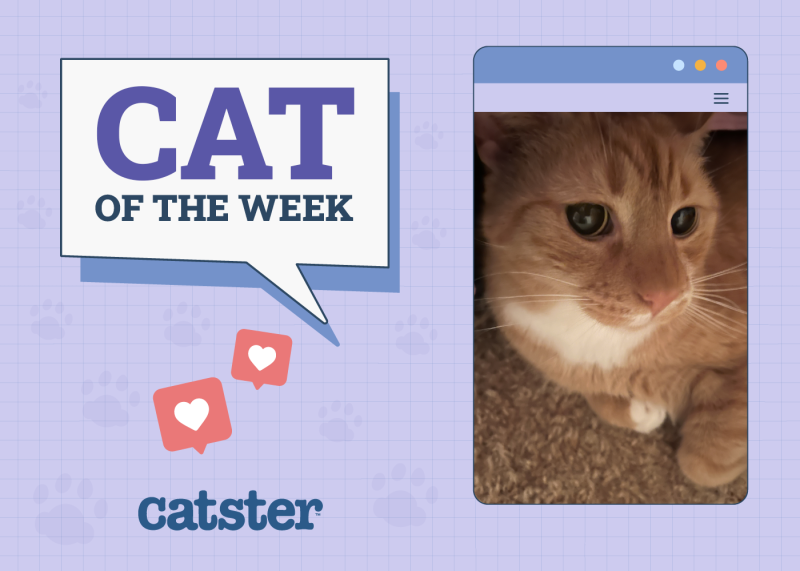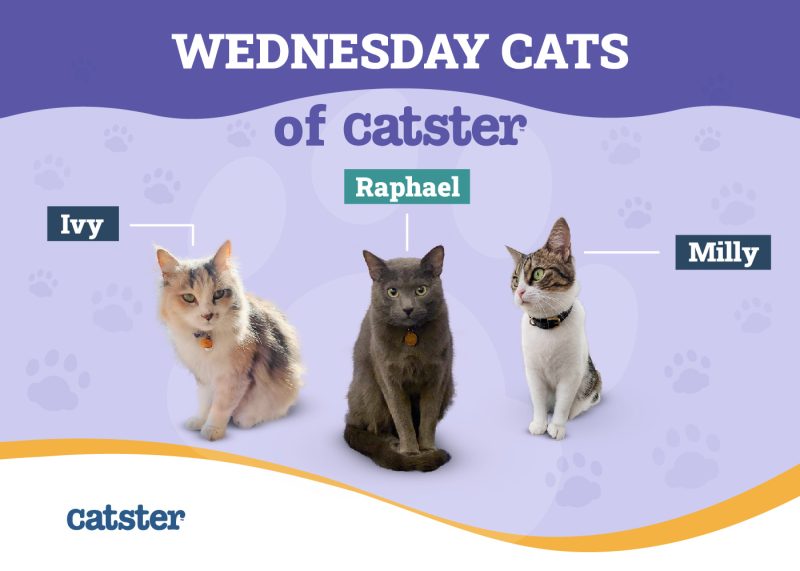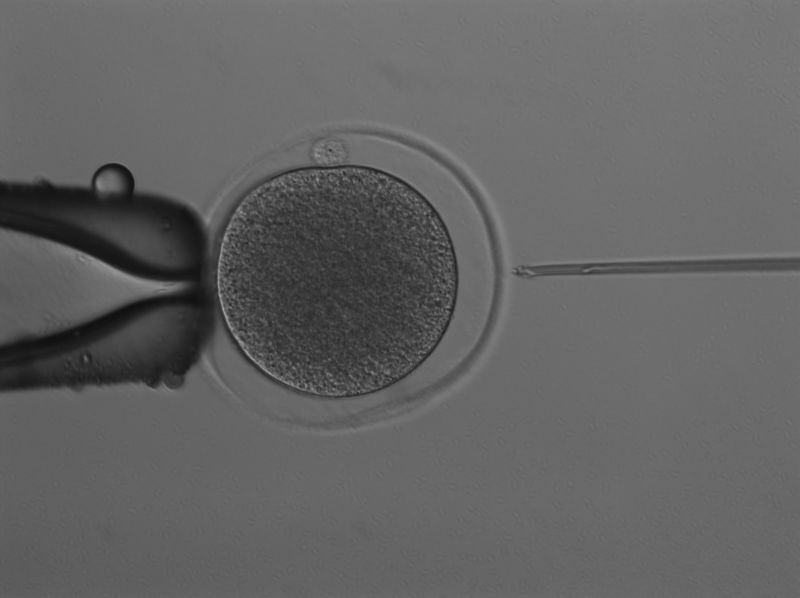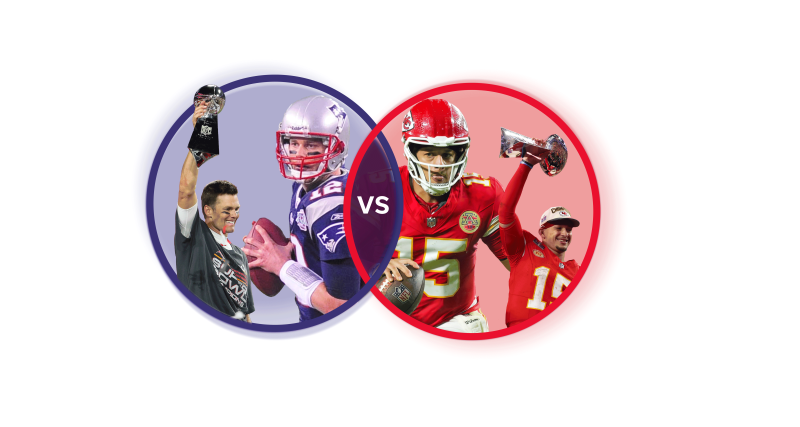From Fierce to Floppy: Science Finally Explains Why Cats Fall Over in Harnesses
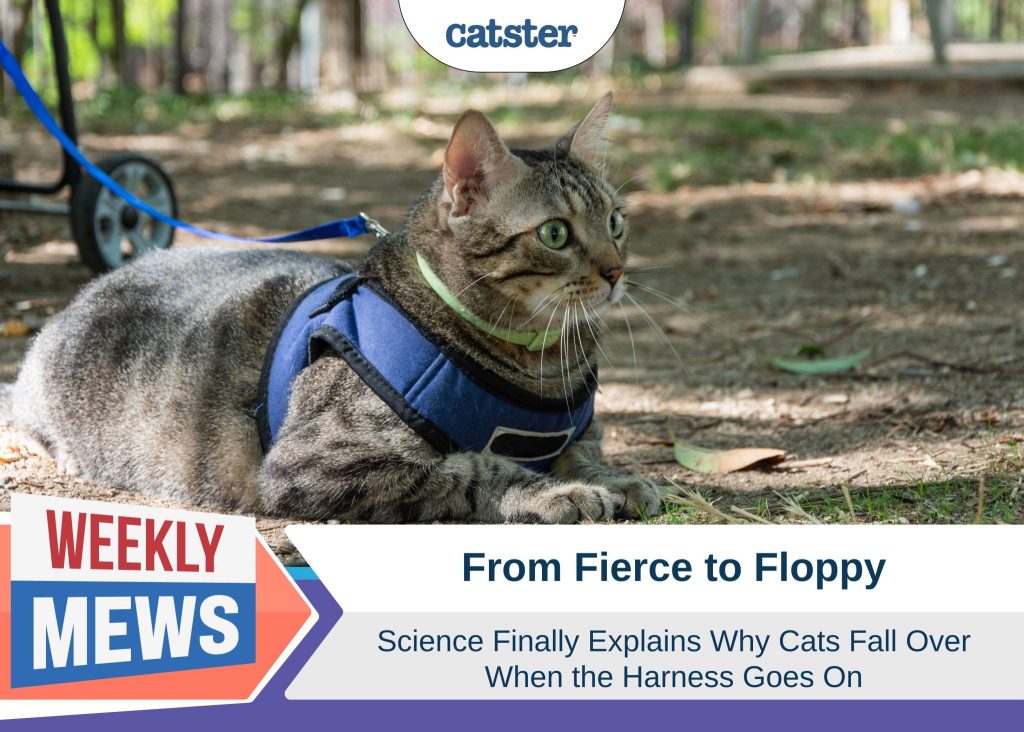
We’ve all been guilty of it at one time or another. That moment of Schadenfreude when we see a cat do something uncoordinated or embarrassing. Perhaps it’s because it happens so rarely, or because it’s usually us, the bumbling humans, that are being silently mocked by feline onlookers. A more common opportunity for us to quietly enjoy the misfortune of our much-loved cat is when we first introduce them to a harness. Of course, there are those who take on this equipment with nary a hint of hesitation, but for others, the application of a harness renders the normally graceful and agile feline into a rigid, wobbly, or vertically challenged mess.
Over the years, many theories have been postulated to explain why a harness, vest, or jumper should rob a cat of their motor function, and to be fair, these theories seem quite reasonable. However, we recently learned of a study from 2012 that may actually explain the phenomenon.
Why a Harness Causes Cats to Fall Over: The Theories
Prior to our discovery, the leading theories explaining why harnesses make some cats fall over included:
Fight, Flight, and Freeze: The idea that a harness presents the cat with some unknown threat has many believing that the rigid response is part of their instinctive fight, flight, or freeze reaction to danger.
Pressure Points: This theory suggests that the harness stimulates certain pressure points that are commonly associated with a mother cat carrying her young. It may also trigger a ‘play dead’ reaction in response to being picked up by a predator.
The Wrong Fit: A harness that is too large or too small may interfere with movement.
A Scientific Explanation
We know that cats are extraordinarily flexible, fast, agile, and acrobatic. From their preternaturally rapid reflexes to their ability to always land on their feet, feline mobility and coordination have always been the subject of curiosity. We recently uncovered a study* that looked into how much of that feline coordination comes from the brain, and how much is controlled by spinal reflexes alone, with some fascinating results.
By surgically separating the brain from the spinal cord, scientists found that cats could still walk on a treadmill with coordinated hind limb function when the appropriate motor nerves were electrically stimulated. The experiment proved that in addition to higher brain function, feline movement and coordination were governed by direct somatosensory feedback – that is, the body was able to maintain a balanced and coordinated gait based purely on touch.
Although the methods and study design adhered to ethical guidelines, it is not an experiment we would endorse. It no doubt has many implications in neurological medicine for both humans and animals but does not make for pleasant reading.
The Sixth Sense (not that Sixth Sense)
This somatosensory feedback mechanism functions almost like a sixth sense, providing cats with an additional unconscious way to move and react to their environment, which explains how they can do the things they do. However, when we put something over their body, it would be the equivalent of placing a blindfold over their eyes. A cat is unlikely to be consciously aware of this sixth sense, but it will be a shock to the system when it is suddenly obscured. But, just as a cat will eventually adapt to a lack of sight, they will also adapt to their altered somatosensory input, and once they have learned to do this, it too becomes a reflex whenever the harness is put back on.
Is It Cruel to Put a Harness on My Cat?
Not at all. Unless your cat is particularly distressed by the harness or shows no sign of adjusting to wearing one, once your cat becomes accustomed to the harness, they should be able to enjoy their newfound (relative) freedom without impediment.
- not allow your cat enough time to get used to the harness
- laugh at your cat – they are very sensitive creatures and know exactly whose shoes to poop in.

